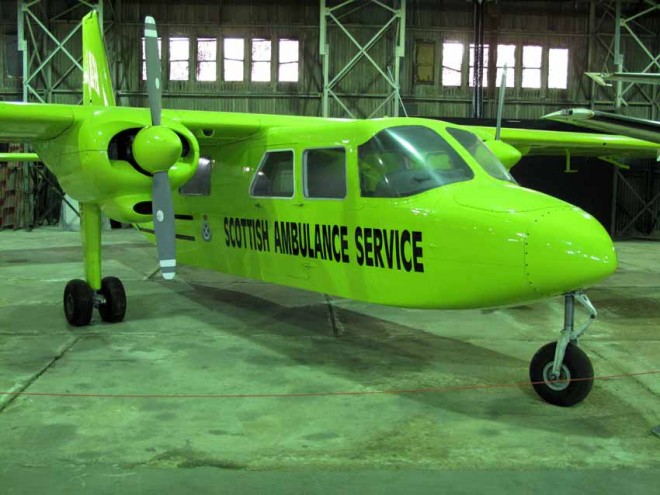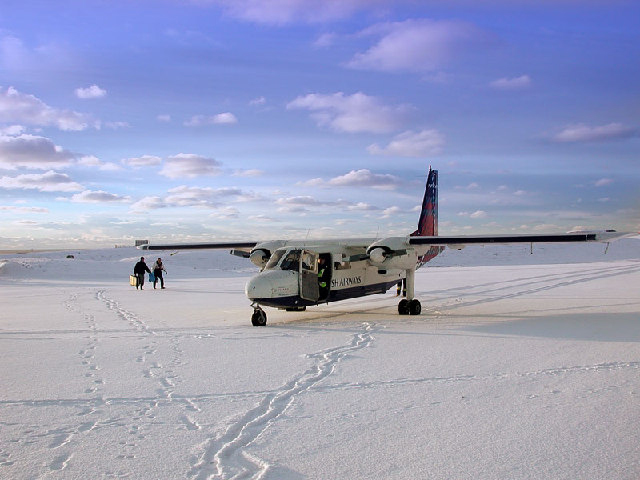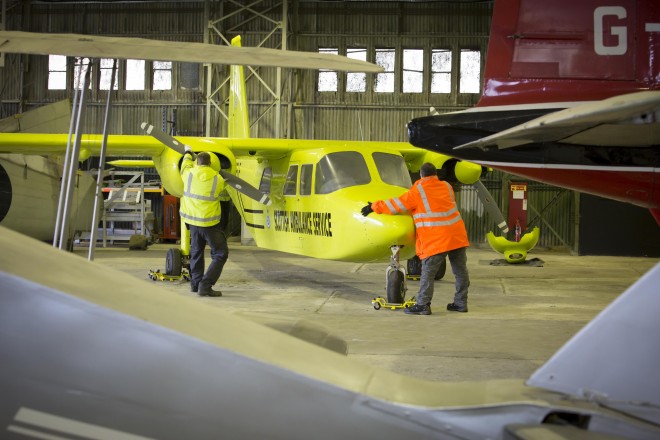Three weeks into my job and Ian Brown, Assistant Curator, took me on a tour of the collection at the National Museum of Flight. We looked at the aircraft on display and those in storage. It was fascinating. Ian explained the history of the aircraft, their role in the development of aviation, and the reasons why the museum collected them. In the quiet environment of the museum and stores, I could appreciate the design and scale of the aircraft.
But at the end of the tour, what I really wanted to know was what it was like to fly in the aircraft. What do they sound like? What does it feel like to pilot them? And what events have they witnessed?

Fortunately, my job is to capture that experience. As part of a £3.6 million project funded by the Heritage Lottery Fund and the Scottish Government to redevelop two Second World War hangars at the Museum, it is my job to record the memories of people who flown in or worked on the aircraft. These spoken accounts will fill the gaps in our knowledge and allow us to share stories and voices that we wouldn’t otherwise be able to.
One story that’s captured my imagination is the role the Britten-Norman Islander played in providing maternity services to the Scottish islands. Since 1967 Loganair has used Islander aircraft to provide vital transport links to the Scottish islands. Until 2006 it also operated an air ambulance service for those communities, using Islander aircraft. Most air ambulance flights were scheduled in advance but many were unplanned emergencies.

The Islander transported many expectant mothers safely to hospitals on the mainland. On more than one occasion, though, nature intervened and the aircraft didn’t make it to hospital on time. Over almost 40 years of service, 22 babies were born aboard Islander aircraft, including one set of twins.
Looking at the Britten-Norman Islander in the temporary hangar at East Fortune, it’s hard to imagine this experience. The simple, twin-engined, plane seems small and I imagine it could have been a bumpy ride on a windy day.

I would love to speak to mothers who travelled by air ambulance to maternity wards on the mainland and others who were flown to safety in emergency situations, to learn what it was really like. The vital role of the Islander is something we’re keen to recognise in the new exhibitions. If you know of anyone who might want to share their story, please put them in touch with us on webmaster@nms.ac.uk
The #NewHangars at National Museum of Flight, East Fortune Airfield have undergone a £3.6 million restoration and refurbishment and are now open. The hangars house an array of world-class military, leisure and commercial aircraft engagingly presented alongside interactives and film. The stories of those who piloted, worked or flew in the aircraft will also be told through thought-provoking interviews and displays featuring uniforms, documents and photographs.
If you found this post interesting there’s a good chance that your friends and colleagues will also, so do share.
